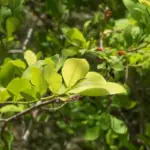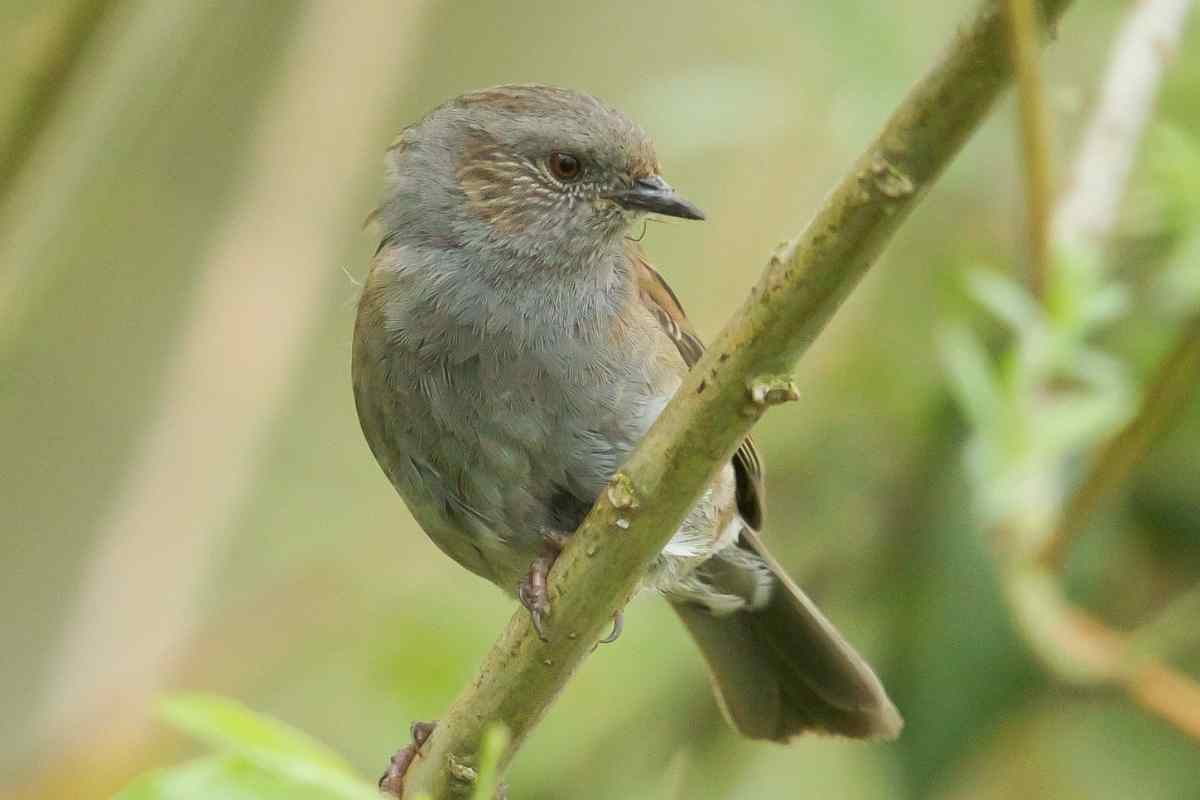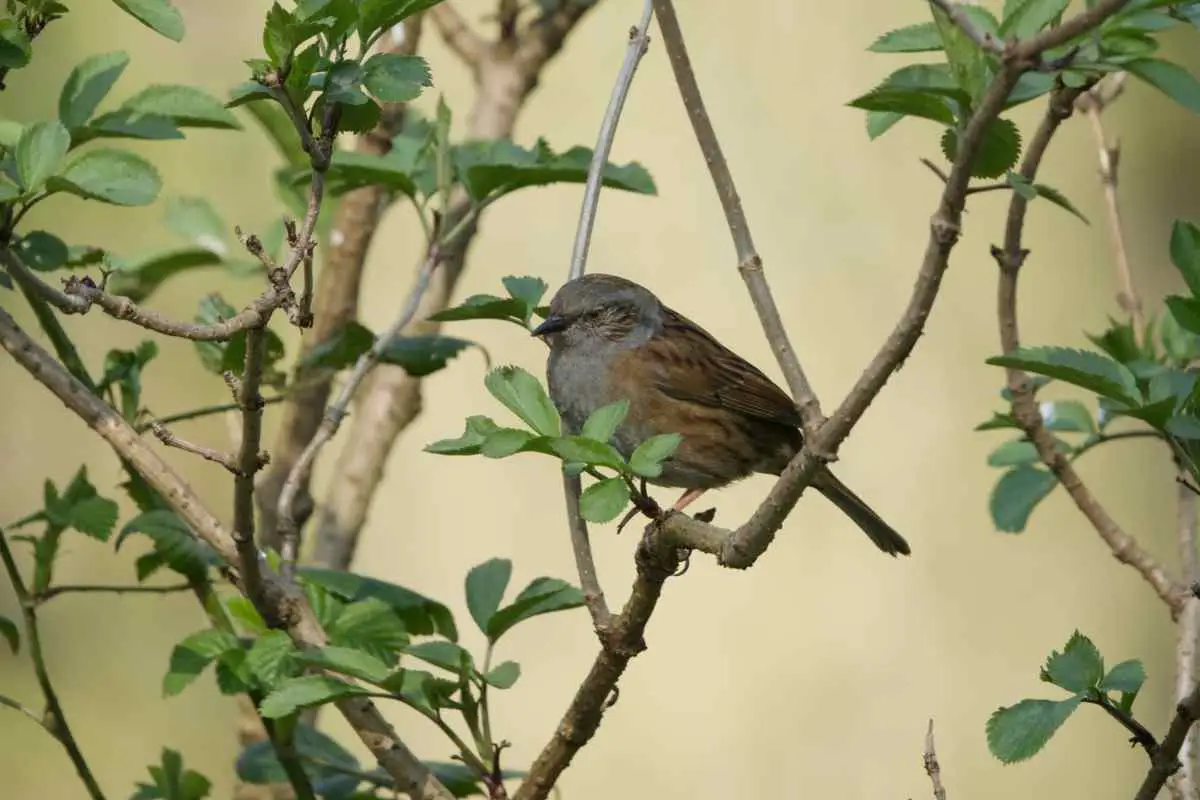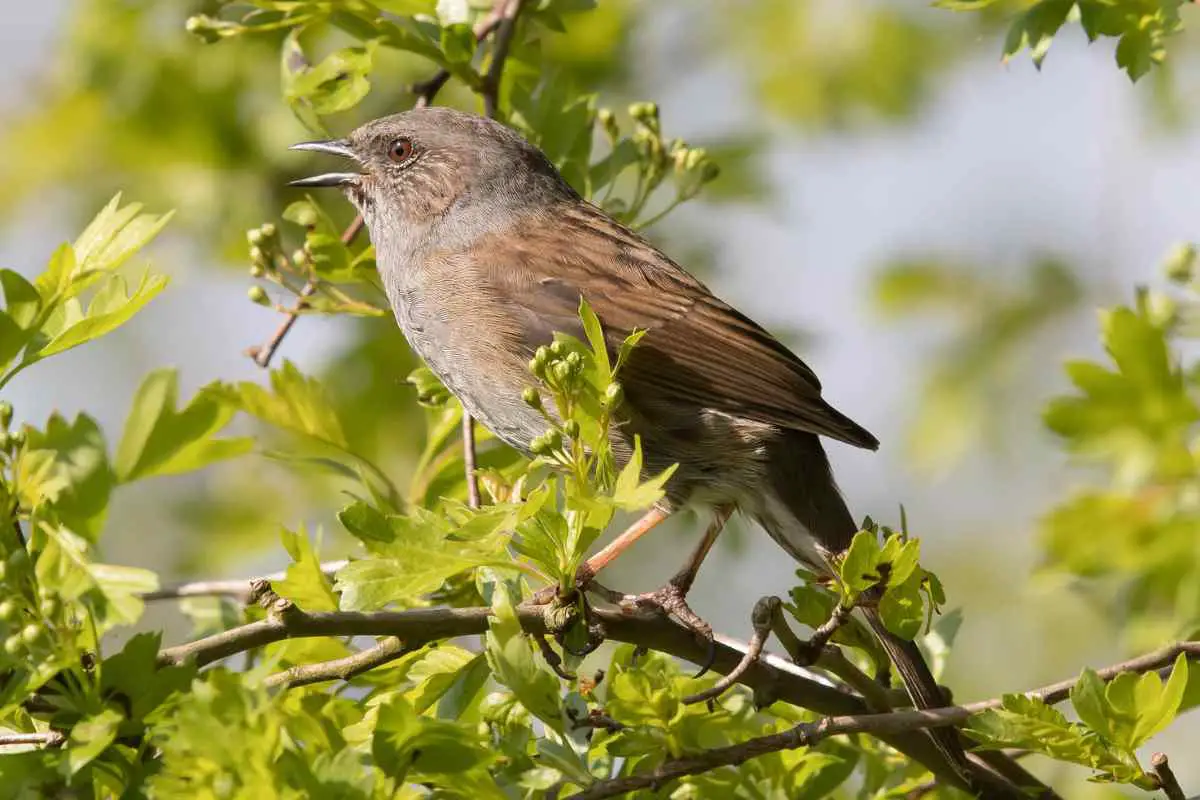Spider mites on buds at the time of harvest can be a frustrating and devastating problem for cannabis growers.
These microscopic pests can quickly spread throughout a grow room, damaging plants and reducing yields.
Spider mites are not insects but rather arachnids, and they feed on the sap of plants, causing leaves to yellow and wilt.
If you’re a cannabis grower, you know how much work goes into cultivating your plants. From selecting the right strains to creating the perfect growing environment, it can be a labor of love.
The last thing you want is to discover spider mites on your buds at the time of harvest.
These tiny pests can be difficult to detect, and by the time you notice them, they may have already caused significant damage to your plants.
Fortunately, there are steps you can take to prevent spider mites from infesting your cannabis plants and to get rid of them if they do appear.
By understanding the signs of a spider mite infestation and implementing effective pest control measures, you can protect your plants and ensure a successful harvest.
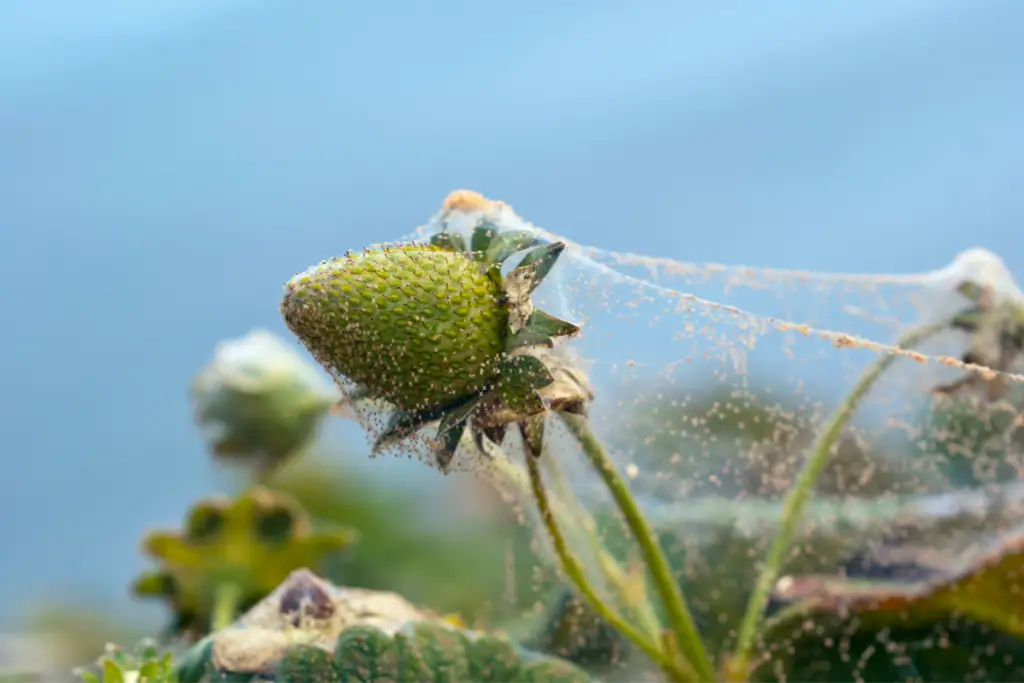
Table of Contents
Harvesting with Spider Mites on Buds
When spider mites infest cannabis plants, they can cause significant damage to the buds.
If spider mites are present at the time of harvest, it is essential to take appropriate measures to ensure that the buds are free of these pests.
Here are some tips on how to harvest buds when spider mites are present:
- Inspect the buds carefully: Before harvesting, it is essential to inspect the buds carefully for spider mites. Use a magnifying glass to look for signs of spider mites, such as webbing and small, white or yellow specks on the leaves and buds. If spider mites are present, it is best to delay the harvest until the infestation is under control.
- Control the infestation: If spider mites are present, it is essential to take steps to control the infestation. There are several methods for controlling spider mites, including using insecticidal soap, neem oil, and predatory mites. It is important to choose a method that is safe for the plant and does not leave any harmful residues on the buds.
- Harvest early: If spider mites are present, it is best to harvest the buds early. Harvesting early can help to prevent further damage to the buds and reduce the risk of the spider mites spreading to other plants. However, early harvesting can also reduce the potency and yield of the buds.
- Clean the buds: After harvesting, it is essential to clean the buds thoroughly to remove any spider mites and their eggs. Use a soft brush to remove any webbing and small particles from the buds. Then, rinse the buds with clean water and dry them thoroughly before storing.
Harvesting buds with spider mites can be challenging, but it is essential to take appropriate measures to ensure that the buds are free of pests and safe for consumption.
By inspecting the buds carefully, controlling the infestation, harvesting early, and cleaning the buds thoroughly, growers can ensure that their buds are of the highest quality.
Identifying Spider Mites on Buds
Spider mites are tiny pests that can cause significant damage to cannabis plants, especially during the flowering stage.
Identifying spider mites on buds can be challenging as they are difficult to spot with the naked eye.
However, there are some signs growers can look for to determine if their plants are infested with spider mites.
One of the first signs of spider mites is the appearance of tiny yellow, white, or brown spots on the leaves.
These spots are caused by the mites piercing the plant’s cells and sucking out the sap. Over time, the spots may merge, causing the leaves to turn yellow and eventually die.
Another sign of spider mites is the presence of fine webbing on the plant.
The mites produce this webbing as they move around the plant, and it can often be seen on the undersides of leaves, as well as on buds and stems.
Growers can also look for the mites themselves by using a magnifying glass or microscope.
Spider mites are tiny, measuring only about 0.5mm in length, and they have eight legs.
They are usually reddish-brown in color, but can also be green or yellow.
It is essential to identify spider mites early on to prevent them from spreading and causing significant damage to the plant.
Growers should regularly inspect their plants for signs of infestation and take action immediately if they suspect an infestation.
Preventing Spider Mites on Buds
Spider mites can be a nightmare for cannabis growers, especially when they appear on buds at the time of harvest.
Prevention is key when it comes to spider mites, and there are several steps growers can take to avoid an infestation.
Keep a Clean Grow Room
Spider mites thrive in warm and dry environments, so it’s important to keep the grow room clean and tidy.
Regularly sweep and mop the floors, and wipe down all surfaces with a disinfectant. Avoid clutter in the grow room, as it can provide hiding spots for spider mites.
Monitor Humidity Levels
Maintaining the right humidity level is crucial to preventing spider mites. The ideal humidity level for cannabis plants is between 40-60%.
Use a hygrometer to monitor humidity levels in the grow room, and adjust as necessary. If humidity levels are too high, use a dehumidifier to bring them down.
Inspect Plants Regularly
Regularly inspecting plants is an important part of preventing spider mites.
Look for signs of damage, such as yellowing or brown spots on leaves, and check the undersides of leaves for spider mites.
If spider mites are detected, isolate the affected plants and treat them immediately.
Use Preventative Measures
There are several preventative measures growers can take to avoid spider mites. Introduce predatory insects, such as ladybugs or lacewings, into the grow room to feed on spider mites.
Use neem oil or insecticidal soap to deter spider mites from infesting plants. Keep the grow room well-ventilated, as spider mites prefer still air.
By following these preventative measures, growers can avoid spider mites on buds at the time of harvest and ensure a successful crop.
Treating Spider Mites on Buds
Spider mites can be a major problem for cannabis growers, especially during the flowering stage.
If spider mites are present on buds at the time of harvest, it is important to take action to prevent them from contaminating the buds.
There are several methods for treating spider mites on buds, including natural and chemical options.
It is important to choose a method that is safe for consumption and does not harm the buds or the plant.
One natural option is to use predatory insects, such as ladybugs or lacewings, to control the spider mite population.
These insects feed on spider mites and can be effective in reducing their numbers. Another natural option is to use a solution of water and soap to wash the buds.
This can help to remove spider mites and their eggs from the surface of the buds.
Chemical options include using insecticides or miticides to kill the spider mites.
However, it is important to choose a product that is safe for use on cannabis and does not leave harmful residues on the buds.
It is also important to follow the instructions carefully and avoid using too much of the product.
In addition to treating the spider mites on buds, it is also important to take steps to prevent them from returning in the future.
This can include keeping the grow area clean and free of debris, regularly inspecting plants for signs of infestation, and using preventative measures such as neem oil or insecticidal soap.
Overall, treating spider mites on buds requires careful consideration of the safety of the buds and the plant, as well as the effectiveness of the treatment method.
By taking a proactive approach to prevention and treatment, growers can ensure that their buds are free of spider mites and safe for consumption.
Conclusion
In conclusion, the presence of spider mites on buds at the time of harvest can have significant implications for the quality and safety of the final product.
Spider mites are small arachnids that feed on the plant’s sap, causing damage to the leaves and buds.
Their presence can result in a range of negative effects, both aesthetically and in terms of the plant’s overall health.
When spider mites infest buds, they can cause discoloration, browning, and even deformation of the flowers.
The damage inflicted by these pests can reduce the visual appeal of the buds and diminish their market value.
Furthermore, spider mites can leave behind webbing and excrement, further compromising the quality and cleanliness of the harvest.
- How to Build a Planter Box for Bamboo: A Step-by-Step Guide

- Can Robotic Lawnmowers Handle Steep Slopes?

- Do You Need a Specific Lawn for a Robotic Lawnmower? Expert Advice

- Are Robotic Lawnmowers Safe for Pets and Children? Safety Features of Robotic Lawnmowers

- Why Use Robotic Lawnmowers? Advantages of Using a Robotic Lawnmower

- Is the GARDENA SILENO City 300 Cordless or Corded? A Clear Answer











